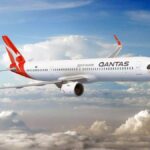
Qantas: Ramping up New Zealand flights
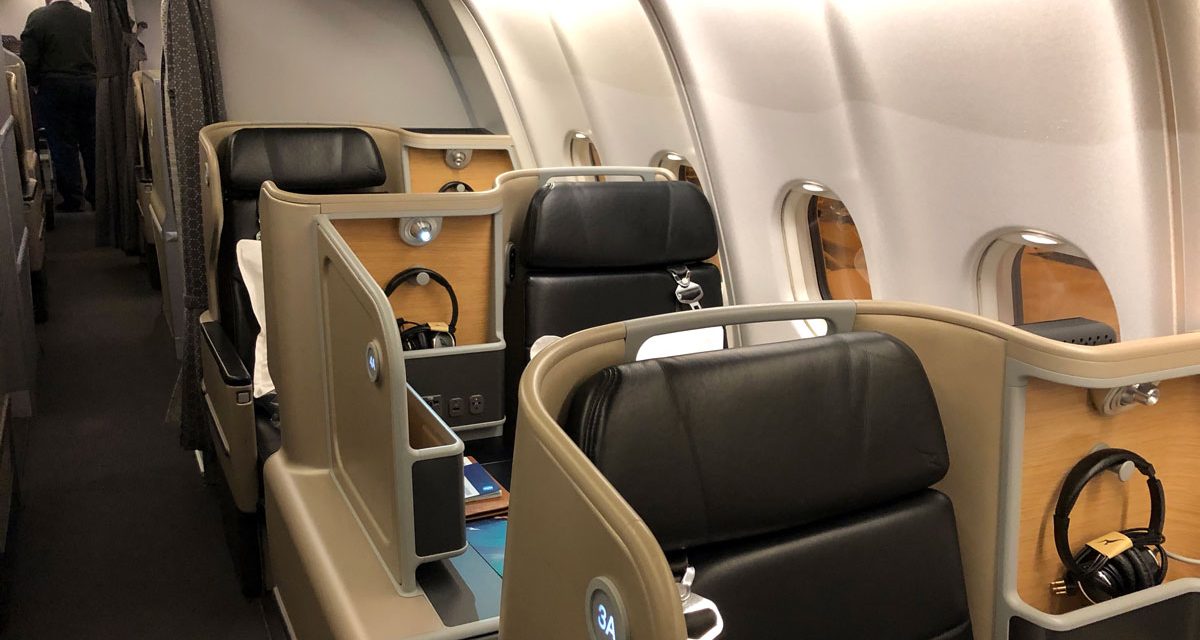
Qantas Group – including Jetstar are ramping up their trans-Tasman flights to 122 per week from 19 April when the no quarantine bubble opens.
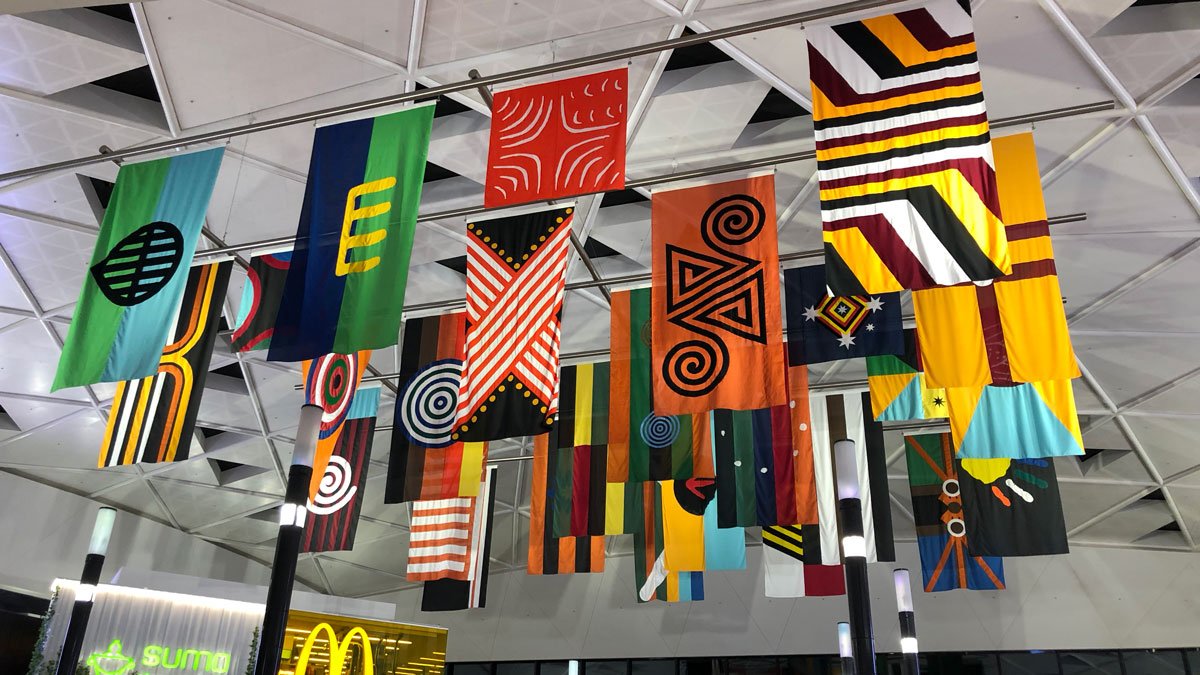
Content of this Post:
Routes
All their pre-COVID-19 routes are to re-open plus a couple of extras including a new Gold Coast to Auckland and Cairns to Auckland routes, which will all add up to a total 52,000 seats per week.
You’ll be flying on a mix of B737 and A330’s. If you are planning on a business seat – opt for the A330 flights with fully flat ‘business suite’ seats over the standard recliners on the 737.
Classic Reward seats redemptions
Qantas is also promising to increase the number of Classic Rewards seats available. For the first three days of Trans-Tasman travel (19-21 April, 2021) Classic Flight redemptions will be available for all seats in all classes on both Qantas and Jetstar flights. After that, Qantas is promising to increase availability of classic rewards seats by 50% for the rest of the year.
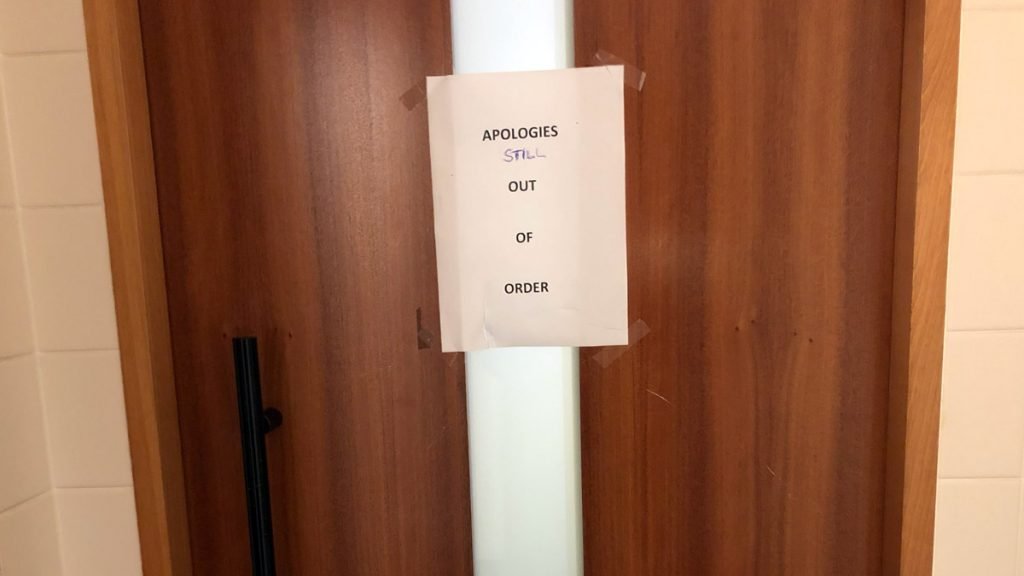
Lounge Access
Still no word on Qantas international lounge openings either here in Australia, or in New Zealand. We have put in a request to Qantas for clarification.
‘Fly Flexible’ extended
Qantas customers who book flights before 31 July 2021 wil have unlimited fee-free date changes for travel before 28 February 2022. Jetstar doesn’t offer this facility unless you buy their ‘FareCredit’ product at booking which allows you to cancel for any reason.
Status Fast Track is back
If you hold equivalent status with another airline, then Qantas will match you to Qantas Gold if you earn 100 Qantas status credits before the end of July 2021. You also get the Gold status which includes additional luggage allowance and Qantas Club lounge access for 90 days while you qualify. And even NZ residents can qualify.

2PAXfly Takeout
This is another timely reminder to wear your seatbelt when seated. Holding you close to your seat will protect you from the sort of injuries sustained on this flight, when unsecured passengers flew to the ceiling of the aircraft, and then came crashing down once the ‘drop’ ceased.
The hope will be that this is an anomaly – a ‘freak accident’ in casual parlance. If it is a systemic error either mechanical or electronic, then this is a larger concern for the airlines that fly Boeing Dreamliner 787 aircraft. Let’s hope it isn’t. If it is, it will pile on the woes to Boeing’s existing stack.
This is exciting, but could turn on a dime! Just one positive COVID-19 test somewhere, could bring it all to a halt.
If my schedule allowed, I would be heading east to the North Island as soon as the border opens. However, I’m tied to my desk at the moment, so I might have to forego that pleasure for a month or two.
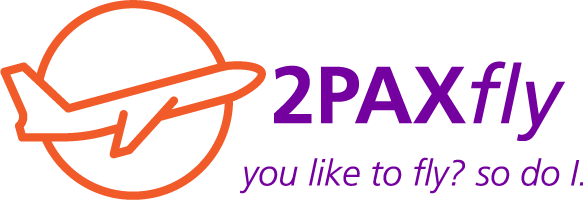
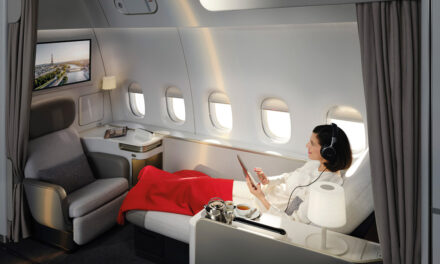
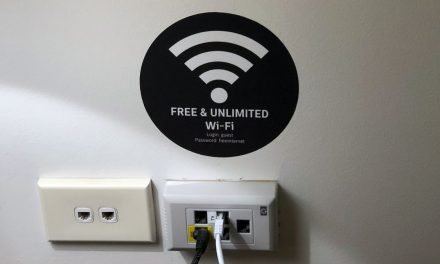
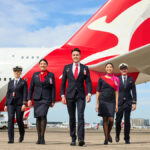
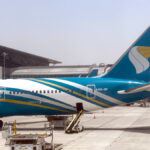

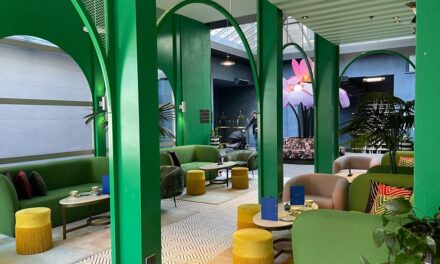
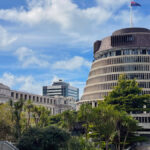

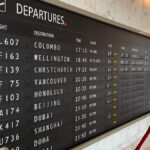
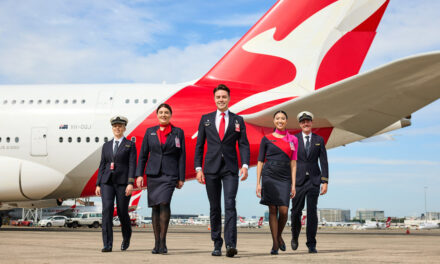
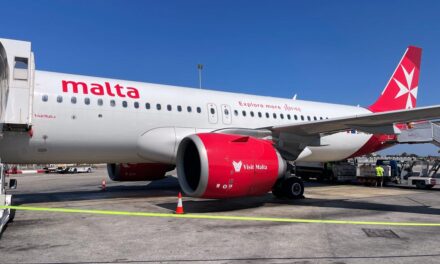
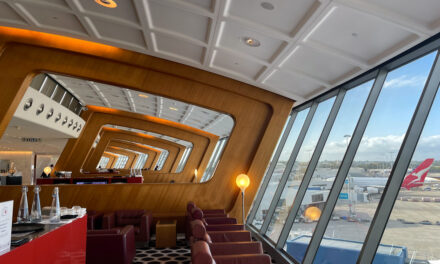
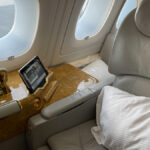

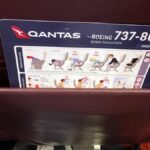
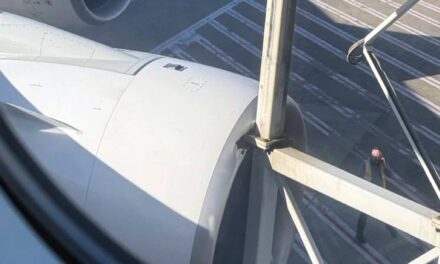


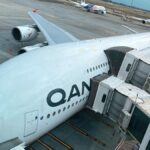
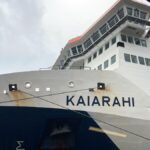
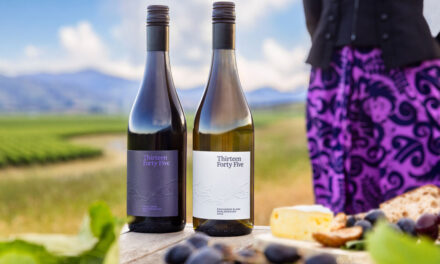
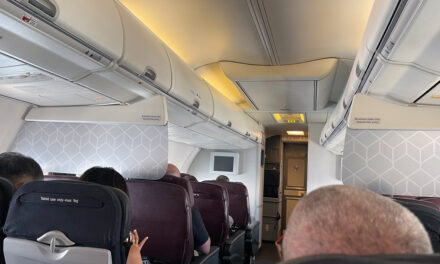



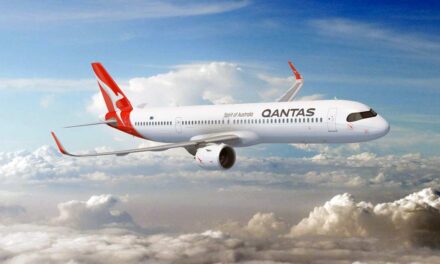
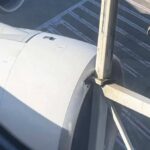
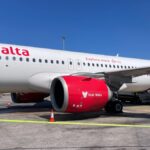

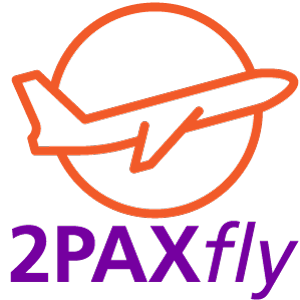
What did you say?